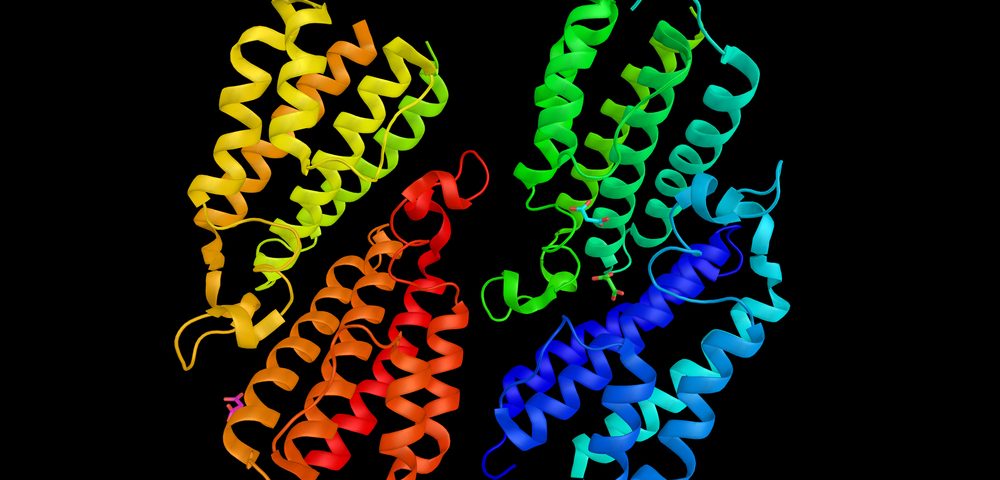Abnormal iron metabolism is associated with excess ferritin in the blood of Gaucher disease (GD) patients, new research from France suggests.
The study, “Involvement of hepcidin in iron metabolism dysregulation in Gaucher disease,” appeared in Haematologica, the journal of the European Hematology Association.
Gaucher disease is an inherited disorder characterized by a deficiency of the enzyme glucocerebrosidase. This leads to build-up of glucosylceramide in macrophages (a type of immune cell), which turn into Gaucher cells that accumulate in the spleen, liver, and in bone marrow.
Research shows that the abnormal shape and function of red blood cells may trigger pathological events in GD. Anemia (insufficient number or impaired function of red blood cells) associated with hyperferritinemia (excess of ferritin, an intracellular iron storage protein, in the blood and tissues) is frequent in Gaucher patients. Ferritin levels in the blood may exceed two to three times the normal level, suggesting altered iron homeostasis (equilibrium) in GD. However, the origin of hyperferritinemia in Gaucher disease is still unknown.
The research team led by Zoubida Karim, PhD, from the French Institute of Health and Medical Research (INSERM), evaluated the iron metabolism of 90 patients with GD type I, the most common type, including 66 patients in enzyme replacement therapy (ERT).
ERT consists of intravenous infusions to correct the enzyme deficiency and is the current standard treatment for GD. Ten of the patients undergoing ERT were followed up before and during treatment.
Results showed that blood levels of the iron regulatory hormone hepcidin remained within normal range. Hepcidin, produced in liver cells and macrophages, is a main regulator of iron. Its synthesis is regulated by iron levels and inflammation, which is also associated with high blood ferritin.
Transferrin (an iron transport protein) saturation, which is lower when there is iron deficiency, was slightly reduced in children. This is “most likely because the iron requirements are very high during childhood due to the high energy intake and active [production of red blood cells], limiting the body pool of iron,” the researchers wrote.
Furthermore, 65 percent of the patients showed inflammation-independent hyperferritinemia, with iron accumulation in Gaucher cells of the spleen and marrow. Conversely, one-third of patients presented moderate anemia.
Treated patients revealed decreased hyperferritinemia, improved transferrin saturation, and a temporary increase in systemic hepcidin. Hemoglobin levels were also normalized in most patients, indicating improved anemia.
In addition, the scientists created a Gaucher cell model to further explore mechanisms of iron sequestration in macrophages, which may account for the increased production and secretion of ferritin. The experiments revealed downregulation of ferroportin induced by hepcidin. In healthy macrophages, ferroportin and hepcidin interact to export iron to the bloodstream.
The study’s findings demonstrate that “hyperferritinemia observed in GD1 patients is related to abnormal iron metabolism and the sequestration of iron in Gaucher cells,” researchers wrote.
“ERT restored the iron availability and improved the anemia in these patients. Overall, these results provide new perspectives for better management of GD patients,” they concluded.


